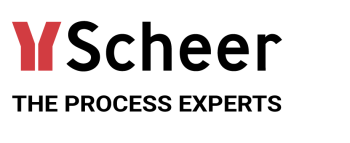For enterprises leveraging SAP S/4HANA Cloud ERP, sustainability-focused goals and subgoals need a structured approach to integrate sustainability into core business processes. By embedding the Sustainable Development Goals (SDGs) into the operations and strategies, organizations can monitor and optimize their contributions to these goals, thus fulfilling their role in the global partnership for sustainable development.
The SAP cloud ERP system can be instrumental in managing the data and processes that align with the SDGs, ensuring that sustainability is not just a concept but a quantifiable and integral part of business performance.
Articles in Sustainability | Industry Cloud Solution
SAP's commitment to sustainability starts on the strategic level, with CEO Christian Klein as the board sponsor for sustainability. SAP offers a comprehensive strategy and portfolio of software solutions to meet the main challenges facing end-user organizations regarding environmental and social sustainability.
SAP's commercial offering addresses three main objectives:
- zero emissions,
- zero waste, and
- zero inequality.
SAP Cloud for Sustainable Enterprise is the umbrella cloud-based offering for a comprehensive package of solutions that provides insights into organizations' sustainable performance and enables them to record, report, and act on their respective sustainability goals.
Flagship solution SAP Sustainability Control Tower (SCT) provides customers with holistic steering and ESG reporting along the three main sustainability areas:
- climate action,
- circular economy, and
- social responsibility.
The record function enables organizations to automate data collection using actuals instead of averages and thus improve data integrity and quality.
The reporting function accommodates multiple reporting standards and frameworks, such as the Global Reporting Initiative (GRI), Sustainability Accounting Standards Board (SASB), Taskforce for Climate-Related Financial Disclosure (TCFD), and EU taxonomy.
Tracking actual data and analyzing it at the required granularity level empowers the correct stakeholders to set targets and gain insights into affected business processes, ultimately enabling them to make informed decisions.
